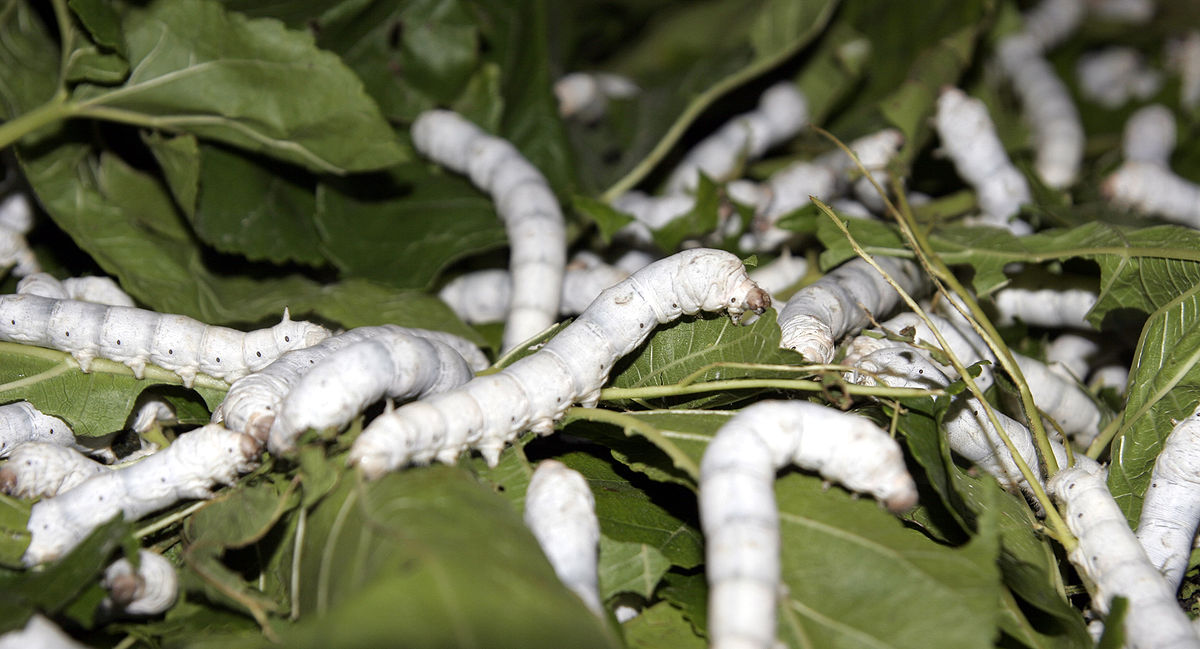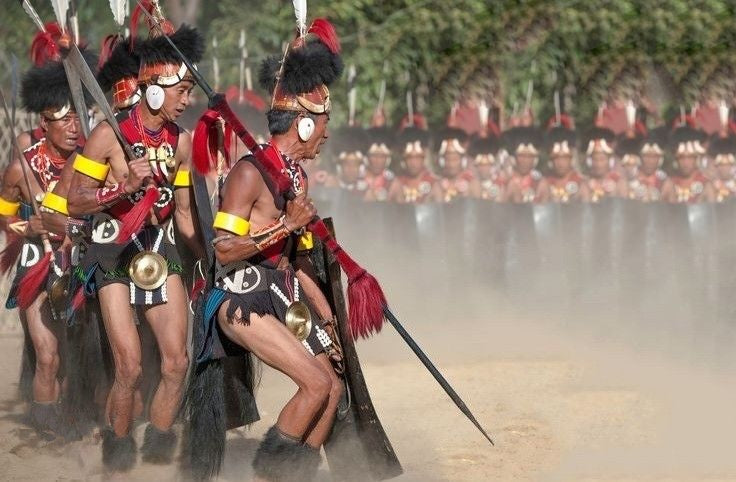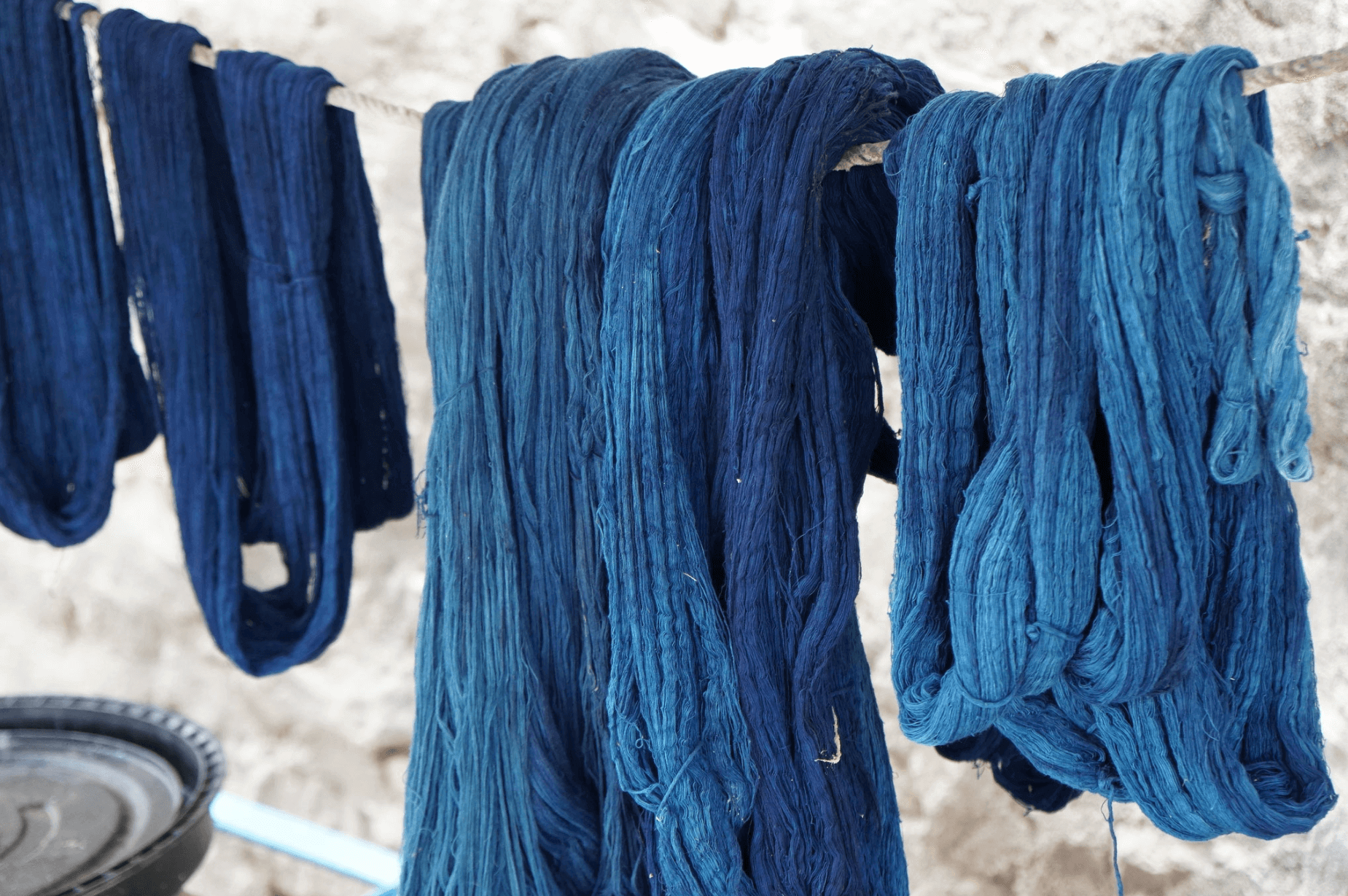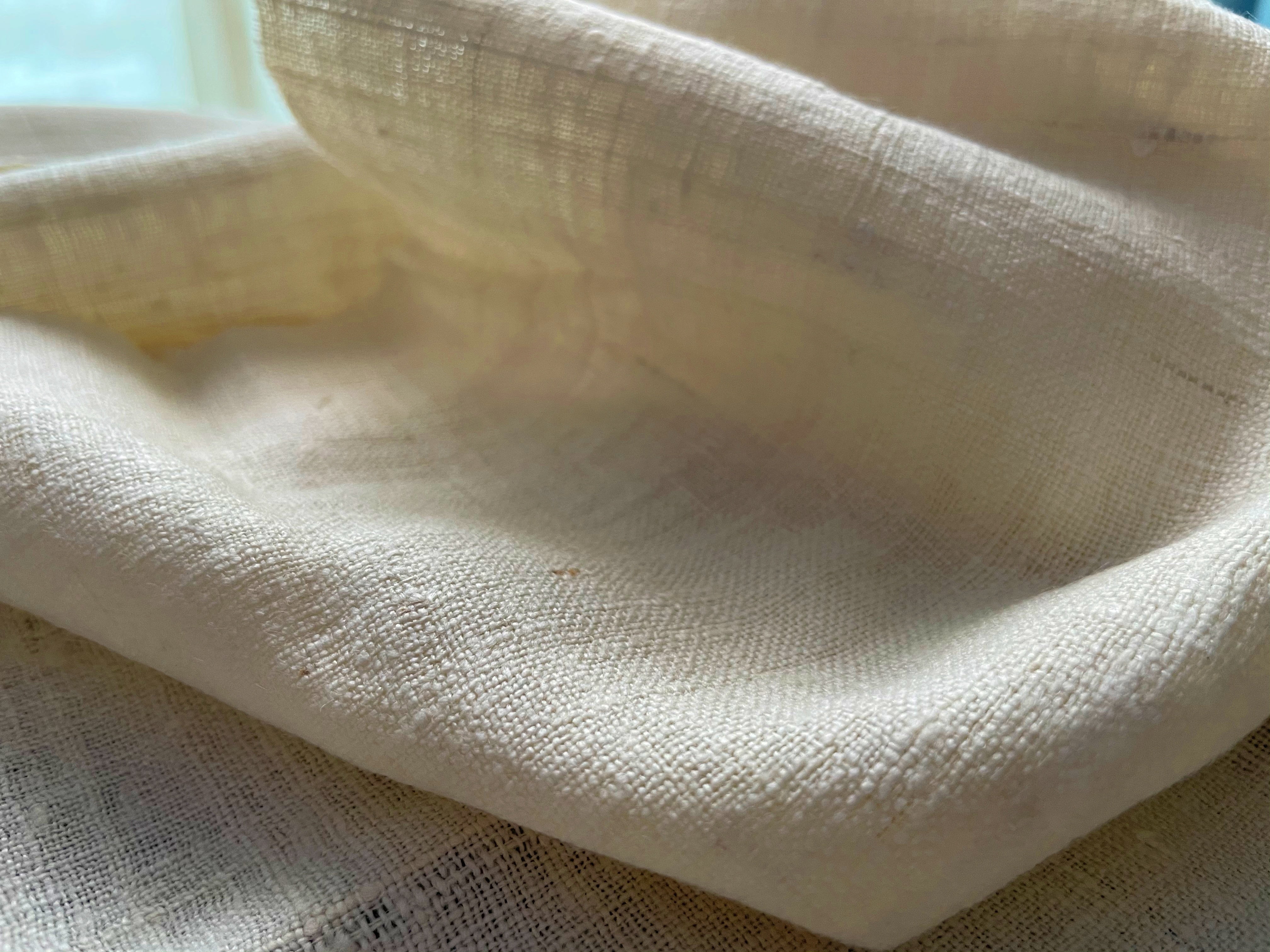Silver Muga Anyone?

Yes, you heard it right!
Spun with silvery white threads, the mejankari silk was once the pride of Ahom monarchs, a symbol of their status. It was the original Muga to be worn by the Ahom kings and nobles who ruled Assam for over 600 years. It was once the pride of Assam’s famous silk industry.
Then it faded into oblivion, just like the Ahom kingdom. It has almost become extint. Today, its production is confined to a few Ahom-dominated pockets in Upper Assam.

Muga silk, which is unique to Assam, has a distinction of two rare colours — honey-toned, golden shade which is obtained by feeding silkworms on som and soalu plants and silvery white, which is obtained by feeding the same silkworm on mejankari or adakuri trees. Of the two, the silkworms fed on mejankari leaves produce better quality of raw silk compared to those fed on som and soalu leaves. The filament obtained from cocoons fed on mejankari leaves also weighs more that those fed on the som and soalu. Little wonder then that the price of mejankari silk is five times more than muga silk for its finer quality and unique colour. However, these trees have now vanished mainly due to degradation of forest cover, mushrooming of tea cultivation and the infamous annual floods. Another reason offered for completely abandoning this practice is due to the high mortality rate of muga silkworm on these plants.
But all is not lost. The state government seems to be keen to revive the production of mejankari silk and has already started a plantation in the outskirts of the city where it would be produced on an experimental basis. If the silk finds the right kind of exposure in international markets, it will have the capacity to change the economy of Assam.
Fingers crossed!




